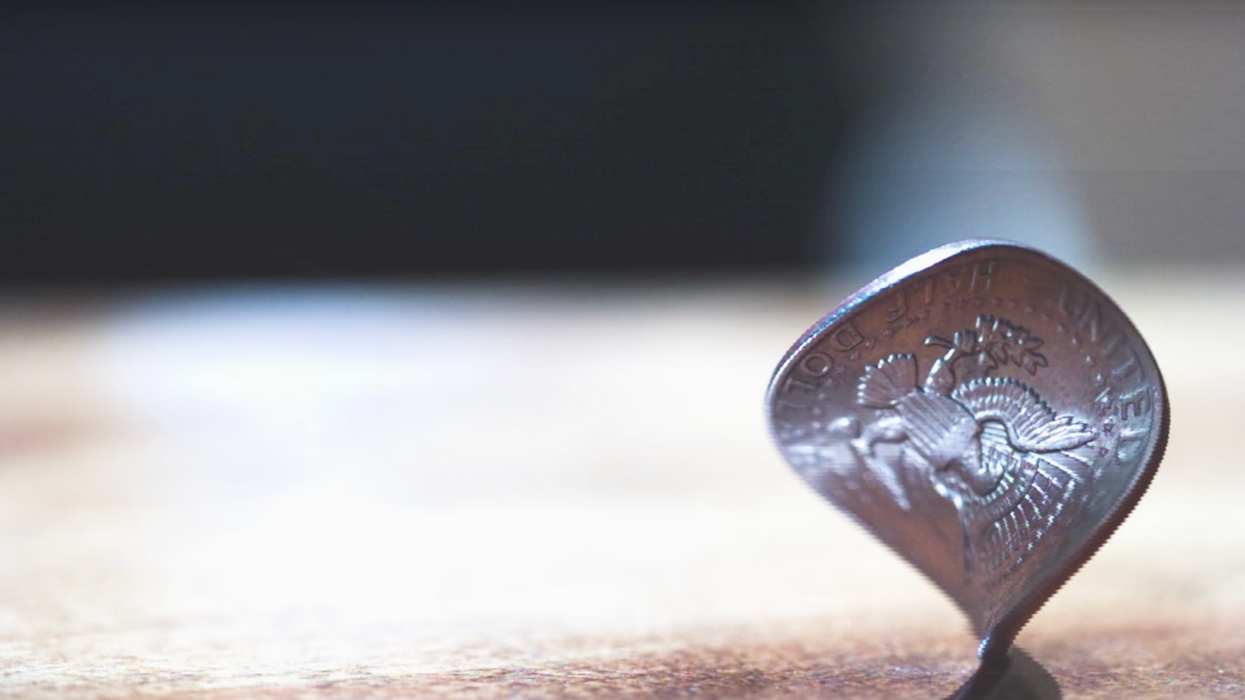These Simulations of Rolling Shutter Perfectly Explain How It Works
If you gave up trying to understand what rolling shutter is and why it makes fast-moving objects look so weird, then today is your lucky day.

It's always fun to see someone's confused face when they check out an image they've captured that looks melted, bent, or chopped up in midair. "It's just rolling shutter, guy," is what I usually say—other times it's, "Hide the children. It's the end of the world." Rolling shutter, which is a method for capturing images, has a real knack for distorting fast-moving objects in pretty hilarious ways, whether it's a propeller, speeding car, or even a fidget spinner, but understanding why it distorts them is not quite as hilarious. In fact, it can be pretty difficult to grasp for some people—for me—it's difficult for me (and hopefully for others).
But Destin Sandlin of Smarter Every Day and Henry Reigh of MinutePhysics joined forces to create a simulation in After Effects that is probably the all-time greatest explanation of how rolling shutter works, as well as how it manages to distort your images.
To be clear, the simulations you see in the video were not created using a camera that has rolling shutter, but with a high-speed camera whose footage was then taken into After Effects and put through a very complicated process.
In fact, Destin and Henry also provided a behind-the-scenes video that shows you what they did to create the simulation in post. Henry (who is most definitely a wizard) used a gradient composition as a temporal sample, which essentially tells the computer how to calculate the rolling shutter effect. Or something. I don't really know, but watch the video and try to follow along.
So, there you go! Now you know how and why rolling shutter messes up your images when you try to capture fast-moving objects. Now, go grab the nearest fidget spinner and record it with your smartphone—the distortion from the rolling shutter makes it look like a damn ninja star and it's awesome!
Source: Smarter Every Day











